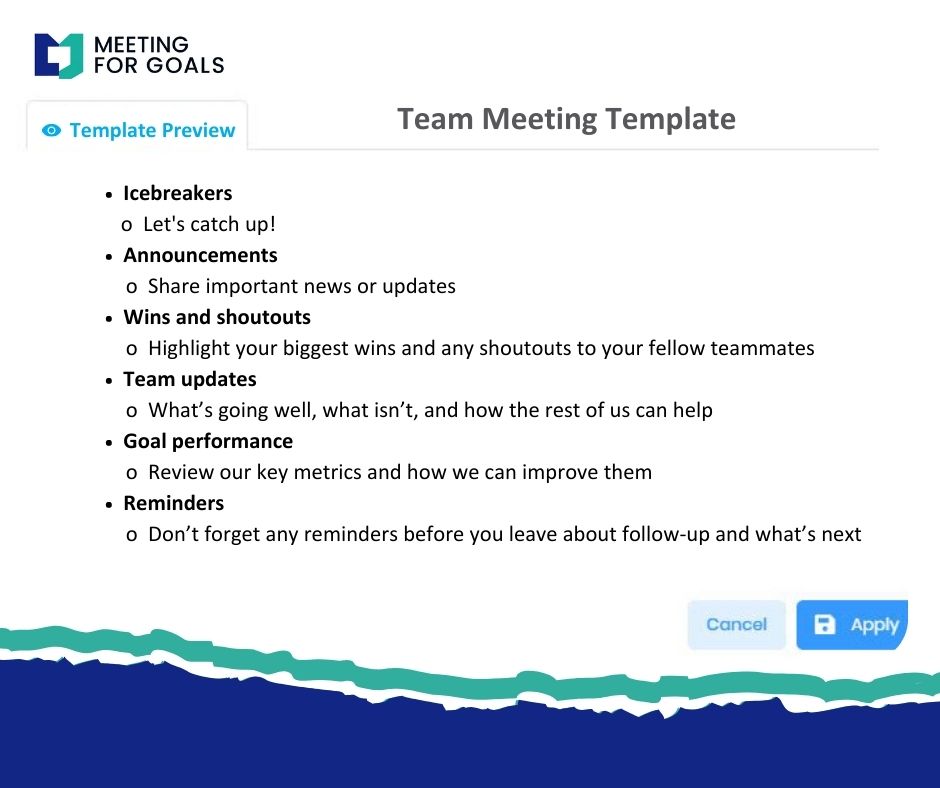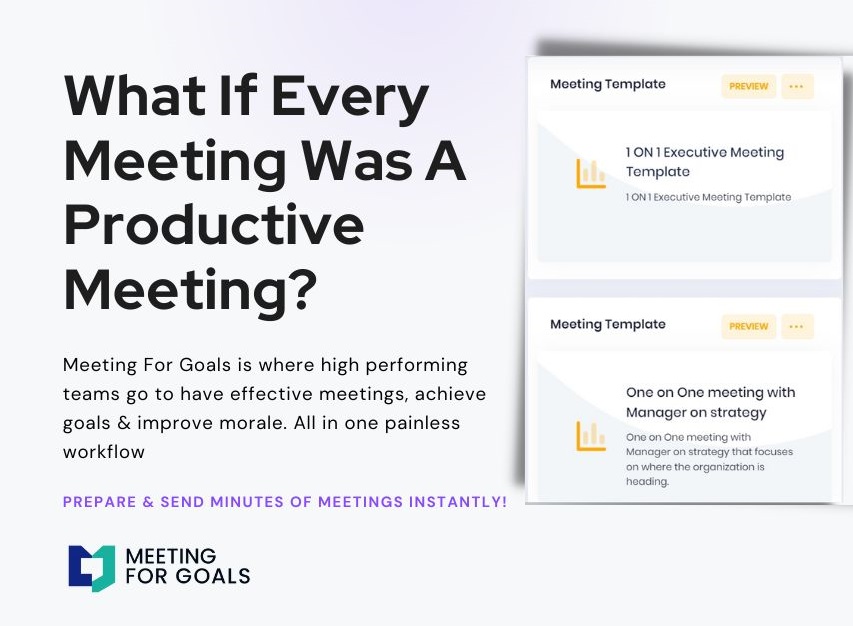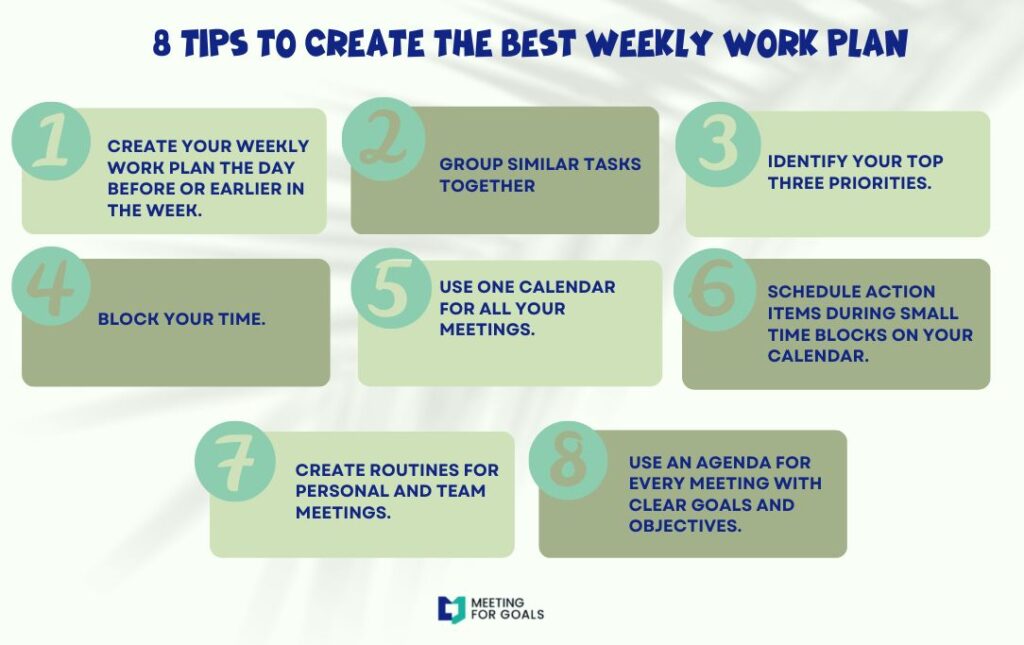The Role of the Scrum Master in Effective Teams
Excerpt:
In today’s fast-paced business world, effective meetings can be the difference between a team that thrives and one that struggles. For organizations using Agile methods, the Scrum Master plays a vital role in making sure meetings are productive and aligned with company goals. This article dives into how Scrum Masters help build high-performing teams—focusing on meeting management, communication, and collaboration. With the right tools, like Meeting For Goals, these leaders can transform team performance. If you’re a senior executive looking to improve your team’s output and streamline your meeting culture, keep reading.
I. Introduction
In today’s competitive environment, agility isn’t just a buzzword—it’s a necessity. Agile methodologies have become the go-to framework for companies seeking flexibility, speed, and innovation. At the core of Agile is Scrum, a framework that promotes iterative progress, teamwork, and continuous improvement.
One of the key players in Scrum is the Scrum Master. Often mistaken for a project manager, the Scrum Master is actually a servant-leader. They don’t assign tasks or micromanage. Instead, they empower the team, remove obstacles, and ensure that Agile principles are followed.
This article is designed for executives and decision-makers in companies with 40–70 employees. If you’re looking to improve productivity, streamline meetings, and align teams with business goals, understanding the Scrum Master’s role is essential.
We’ll explore how Scrum Masters drive meeting effectiveness, foster collaboration, and use tools like Meeting For Goals to boost results. By the end, you’ll see why investing in skilled leadership and the right software is a game-changer.
Start your journey by exploring our free meeting templates at https://meetingforgoals.com/meeting_templates and sign up to optimize your team’s performance at https://app.meetingforgoals.com/TenantRegistration/Register.
2 Minute Video
Watch a 2 minute demo of our meeting management software in action
II. Understanding Scrum and the Scrum Master
To understand the value a Scrum Master brings, let’s first break down the Scrum framework.
Scrum is an Agile method that helps teams deliver work in short, focused cycles called Sprints. These usually last two to four weeks. At the end of each Sprint, the team reviews what they’ve done and looks for ways to improve. This cycle encourages fast delivery, quick feedback, and continuous learning.
Key Principles of Scrum:
- Empirical Process Control: Teams make decisions based on what they’ve observed, not just what they’ve planned.
- Self-Organizing Teams: Teams manage their own work and adapt as needed.
- Transparency and Collaboration: Everyone involved has visibility into the process, which builds trust and clarity.
Scrum Team Structure:
A Scrum team typically includes three roles:
- Product Owner: Represents the customer and manages the product backlog.
- Scrum Master: Facilitates the process and ensures Scrum practices are followed.
- Development Team: Executes the work and delivers the product.
The Scrum Master’s Responsibilities:
The Scrum Master is a coach and guide. Their main duties include:
- Facilitating Scrum ceremonies like Daily Stand-ups, Sprint Planning, Reviews, and Retrospectives.
- Removing blockers that slow down the team.
- Coaching the team on Agile principles.
- Making sure team efforts align with company goals.
Skills That Make a Great Scrum Master:
- Excellent communication and facilitation.
- Ability to resolve conflicts and mediate discussions.
- Strong grasp of Agile and Scrum principles.
- Emotional intelligence and a servant-leader mindset.
Why This Matters for Executives:
A skilled Scrum Master can transform your team’s performance. When paired with a meeting management tool like Meeting For Goals, their impact grows even stronger—helping your teams stay aligned, efficient, and focused on outcomes.
For a deeper dive into Scrum principles, check out this comprehensive guide from Scrum.org: https://www.scrum.org/resources/what-is-scrum.
Adding an Agenda
How to add an agenda instantly on Meeting For Goals
III. The Scrum Master’s Role in Meeting Management
Meetings are at the heart of Scrum. From daily check-ins to retrospectives, these sessions keep the team aligned and moving forward. But not all meetings are created equal. Poorly run meetings waste time and drain energy.
This is where the Scrum Master comes in.
Key Scrum Meetings:
- Daily Stand-up: A 15-minute check-in where team members share progress and blockers.
- Sprint Planning: A session to decide what the team will work on in the upcoming Sprint.
- Sprint Review: A showcase of completed work for feedback from stakeholders.
- Sprint Retrospective: A time for the team to reflect and improve.
How Scrum Masters Make Meetings Effective:
- Start and end on time—respecting everyone’s schedule.
- Set clear agendas so everyone knows why they’re there.
- Keep the focus on goals, not just status updates.
- Encourage everyone to speak up and contribute.
Scrum Masters act as neutral facilitators. They guide conversations, keep things on track, and make sure meetings are productive and meaningful.
Aligning Meetings with Business Goals:
Effective meetings aren’t just about tasks—they’re about strategy. Scrum Masters help ensure that each meeting ties back to company objectives. This gives team members a sense of purpose and helps them see the bigger picture.
Tips for Better Meetings:
- Use visual tools like Scrum Boards and digital dashboards.
- Timebox discussions to avoid going off-topic.
- Rotate facilitators to keep meetings fresh and engaging.
With Meeting For Goals, Scrum Masters can take meeting management to the next level. The platform offers pre-set agendas, real-time updates, and goal tracking—making every meeting more focused and actionable.
Want to see how it works? Explore our platform at https://meetingforgoals.com.
IV. Enhancing Team Collaboration and Communication
Great teams don’t just happen—they’re built. And communication is the foundation.
Scrum Masters play a big role in creating a culture where people feel safe to speak up, share ideas, and work together.
Promoting Open Communication:
Scrum Masters encourage honest conversations. They create a space where team members can discuss challenges without fear of blame. This kind of psychological safety leads to better problem-solving and innovation.
Handling Conflict:
Conflict isn’t always bad. In fact, it can lead to growth—if managed well.
Scrum Masters are trained to:
- Listen actively and make sure everyone feels heard.
- Get to the root of issues, not just the surface problems.
- Facilitate structured conversations that lead to solutions.
Fostering True Collaboration:
In many mid-sized companies, departments work in silos. Scrum Masters help break down those walls.
They encourage cross-functional teamwork and shared ownership. Instead of “my task,” it becomes “our goal.” This mindset shift boosts morale and productivity.
Building Accountability:
Agile teams thrive when everyone takes ownership. Scrum Masters reinforce this by:
- Encouraging team members to commit to deliverables.
- Using Meeting For Goals to track responsibilities and follow up.
- Celebrating wins and learning from failures together.
When collaboration flows and accountability is clear, meetings become more than just events—they become engines of progress.
For more strategies on building effective teams, Harvard Business Review offers a great resource: https://hbr.org/2016/01/the-secrets-of-great-teamwork.
V. Utilization of Meeting Management Tools
Even the best Scrum Masters need the right tools to do their job well. That’s where meeting management software comes in.
Why Tools Matter:
- Centralized Info: Keep agendas, notes, and action items in one place.
- Time Savings: Use templates and reminders to streamline prep.
- Goal Tracking: Make sure every meeting supports business objectives.
Meeting For Goals: A Scrum Master’s Best Friend
Meeting For Goals is built for teams that want to make meetings count. It offers:
- Pre-built templates for Agile meetings like Stand-ups and Retrospectives.
- Goal alignment features that connect meetings to bigger objectives.
- Real-time collaboration so everyone stays in sync.
- Action item tracking to boost accountability.
Tips for Integration:
- Start small. Use the tool for one meeting type, then expand.
- Train your team. Offer quick tutorials to get everyone on board.
- Use analytics. Review meeting metrics to improve over time.
Meeting For Goals doesn’t just make meetings easier—it makes them matter.
Ready to get started? Sign up now at https://app.meetingforgoals.com/TenantRegistration/Register.
VI. Conclusion
The Scrum Master is more than a meeting facilitator—they are a catalyst for team success.
From running better meetings to building a culture of collaboration, their influence is far-reaching. And when supported by tools like Meeting For Goals, their ability to align teams with business goals becomes even more powerful.
For companies with 40–70 employees, every team member’s contribution matters. A skilled Scrum Master ensures that those contributions are focused, effective, and aligned with company strategy.
Don’t let unproductive meetings hold your team back. Invest in leadership. Invest in the right tools.
Are your meetings driving results? Are your teams leaving meetings energized and ready to execute? If not, it’s time for a change.
Start your journey today with Meeting For Goals—where high-performing teams achieve more, together.
Explore our free meeting templates at https://meetingforgoals.com/meeting_templates and visit us anytime at https://meetingforgoals.com.
Optimize your team’s performance. Book a demo with Meeting For Goals today.



